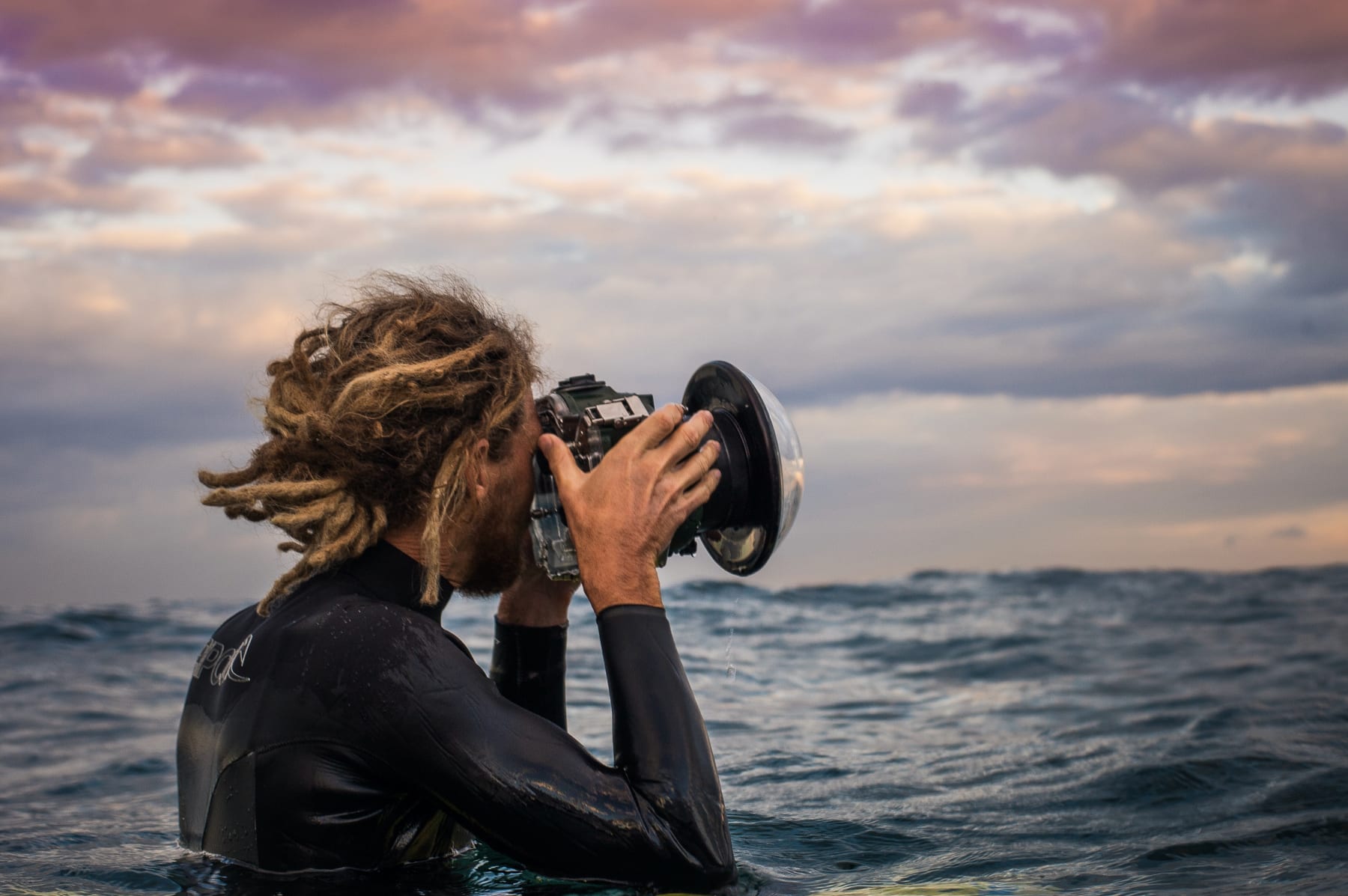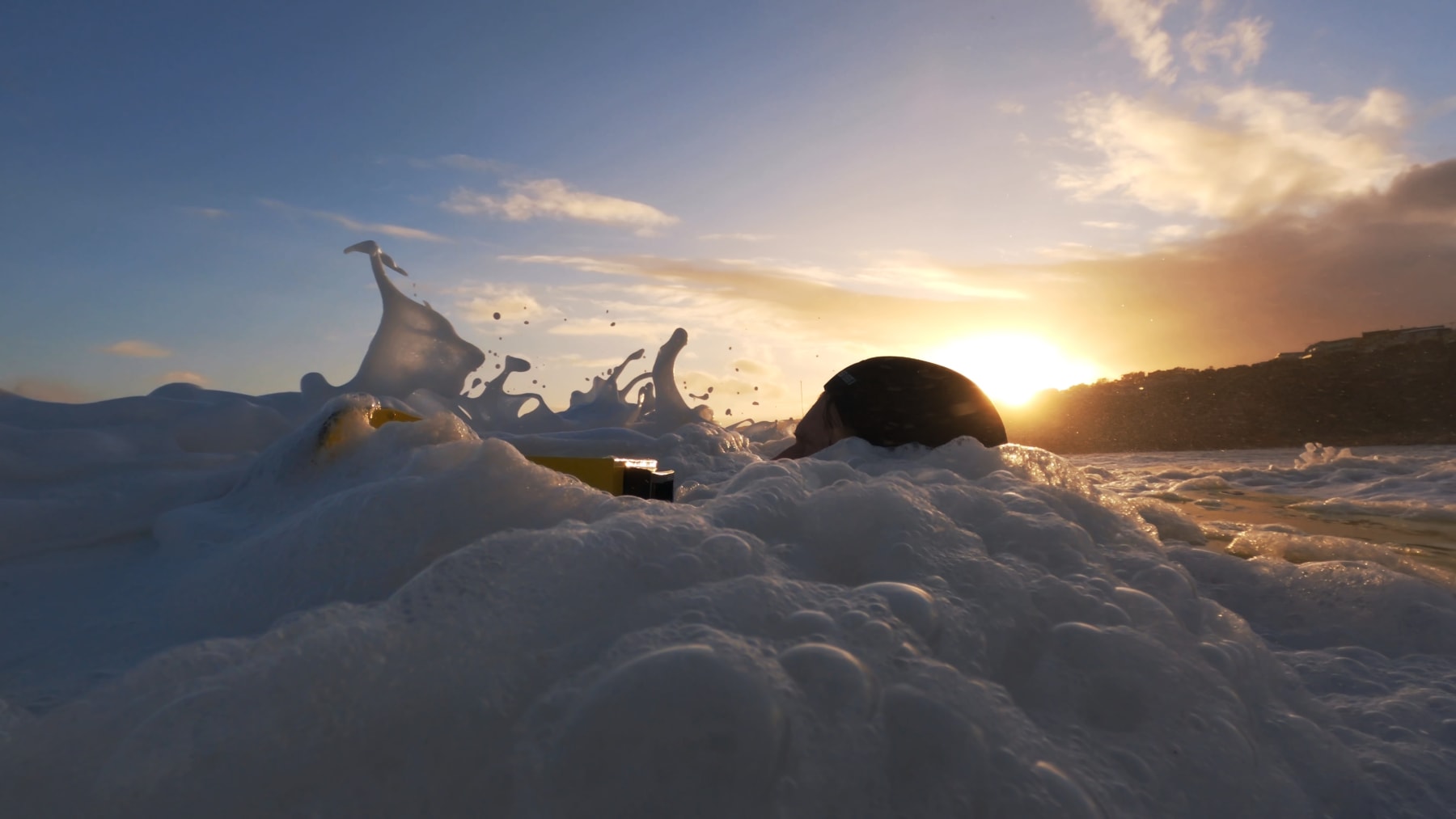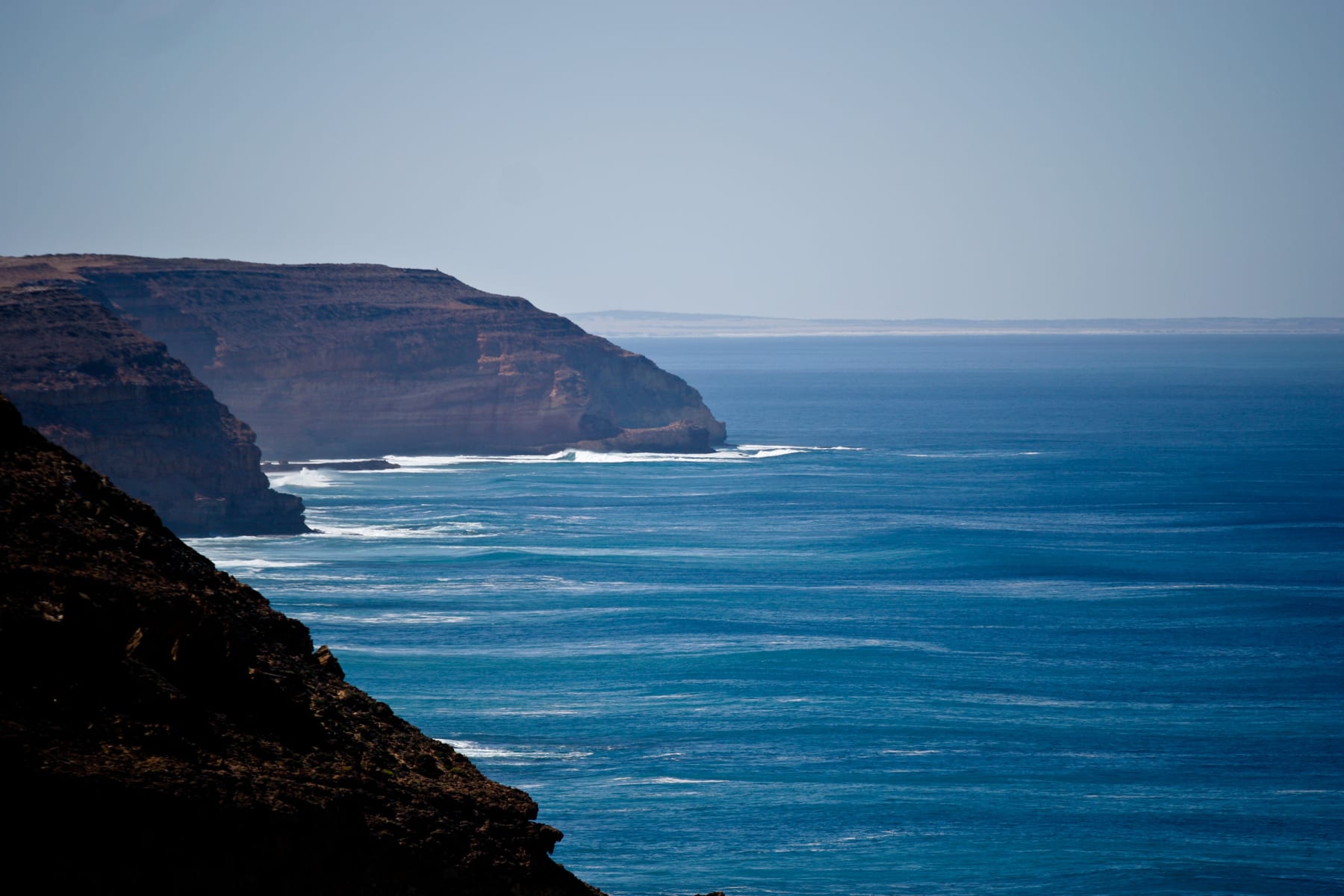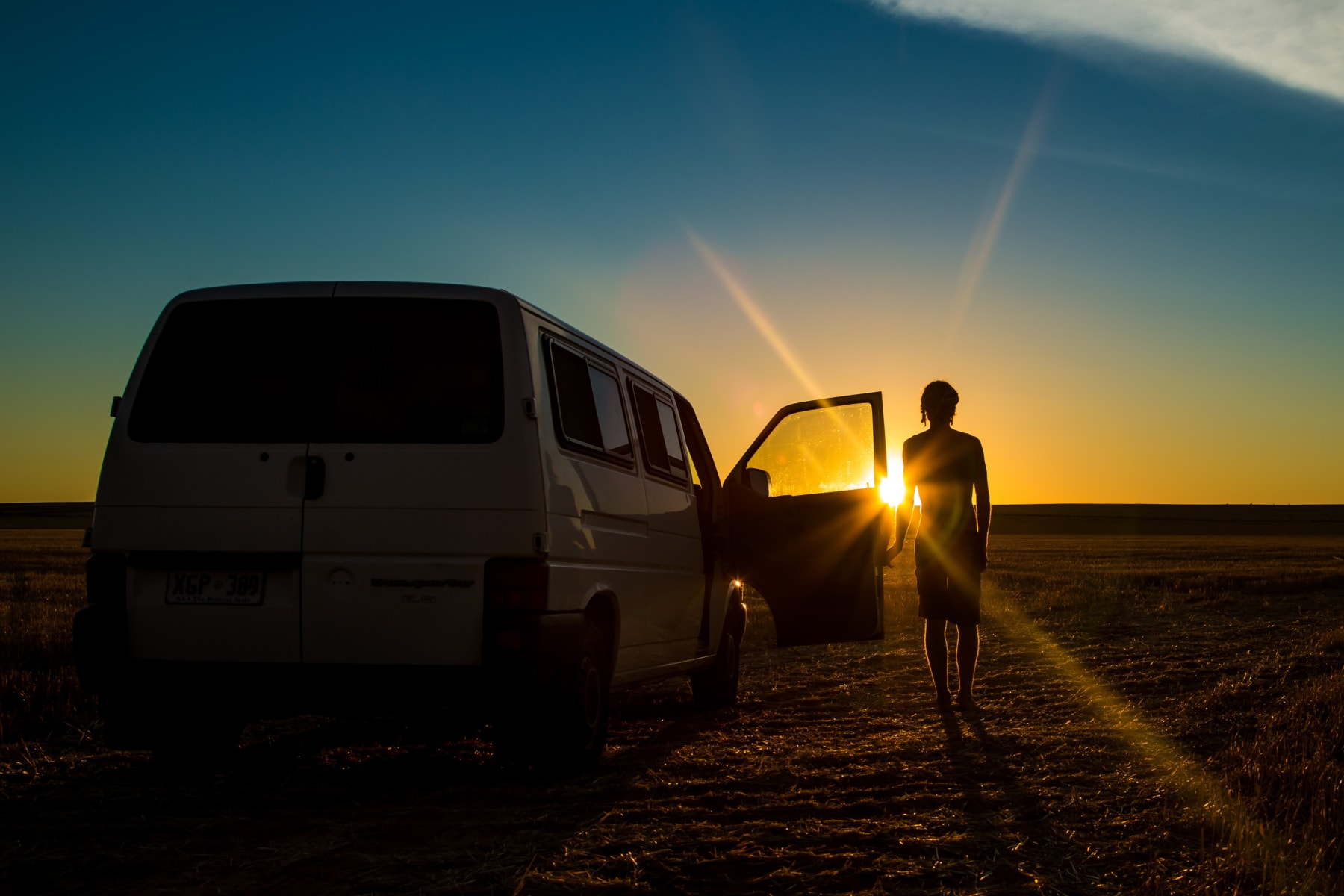OTOMYS: As a photographic artist living in a coastal town in South Australia, how does a typical (out of lockdown !!) day unfold?
Mark Tipple: I can see the beach from our bedroom so I’m generally up somewhat early, and if I’m not, Kora, our two year old daughter will make sure no sleep happens past 7am. I’ve been freelance for the past decade so mornings are filled with checking in on emails from various clients and seeing if any pitches have been picked up. I’m also co-founder of a production company with a few documentary projects on the go.
The days then progress in a fairly routine schedule based on whether I’m working for a client, hanging with Kora and Millie, or in the office editing or chasing opportunities. Since Covid has cancelled interstate travel I’ve had to find local clients and not fly to Sydney or Melbourne most weeks, which is a nice change from the constant airport shuffle. Travel days would be pretty straight forward and I’d switch into autopilot, 3:30am alarm, airport by 5, check way too much gear, lounge, priority boarding, collect way too much gear, hire car, meet client, shoot, reverse the process and home by 11pm. So, needless to say the lack of travel for the past 18 months has been quite nice!
Where we live the sun sets over the ocean so when I do get a chance to shoot it’s mostly 30 minutes after sunset, either with a video camera or stills depending what I’m shooting for. When storms roll through Adelaide I get a bit twitchy and usually jump in the water with half a moments notice, super happy and grateful Millie is cool with my sporadic moods.
OTOMYS: You have spent many days in icy water and been tossed about with heavy camera equipment in hand, all to capture on camera a particular movement of a wave or the water in the moonlight. We know that the ocean can be a tranquil happy place but that it can change quickly into an uncontrollable and powerful force. What is it about your work that attracts you to dive into the ocean regardless of its mood?
Mark Tipple: Years ago while chasing waves to both shoot and surf I’d paddle out with a feeling of comfort matched with terror, knowing in a split second the ocean could demolish me or provide the experience of a lifetime. Back in 2014 I’d had a very chaotic shoot in the Maldives and landed back in an equally chaotic Sydney - where I lived in my van for a few years - and remember the first morning waking up thinking I couldn’t handle the pace of Sydney and I’d need to get out of town but peak hour traffic would already hinder this idea, so I paddled through a storm about one kilometer from Bondi Beach. I took a camera to see if anything cool would happen, birds or dolphins chasing schools of fish but it was pretty uneventful, so I tried an old slow shutter technique I’d used for the Shades of Morning series and waved the camera around in the same motion. This led to me staying in Sydney and eventually the Search for Silence series evolved a month later, and has still proven to resonate with myself and art buyers as a reflection of the ocean and my anti-chaotic search. I remember texting a friend at 5am saying ‘I’m going to shoot at North Bondi, if I don’t reply in an hour maybe come look for me?’ as a storm was hammering Bondi with 30 knot southerly winds and two story high waves. In hindsight that was pretty dumb, but made a cool photo for the series (Revelry). I think it’s something similar to adrenalin chasing but also a sense of peace when conditions are out of control and equally calm, it’s the one place I can go no matter what the mood and it’ll change my outlook for the better.
OTOMYS: You have been a photographer for 20 years. What has been one of the most influential experiences in your photographic career?
Mark Tipple: Pre Covid and Kora I used to shoot a lot of documentary projects overseas, liaising with humanitarian organisations in places like Jakarta helping the nomadic workers and Dar es Salaam helping up-skill the youth through education. I’d always be humbled at where a camera and a smile can lead me and the people who would open their homes and let me into their lives for weeks at a time.
1. The memory that will never leave is the workers of an open landfill on the outskirts of Jakarta, where I spent an afternoon shoulder to shoulder with the people foraging plastics from household rubbish for recycling as each rubbish truck dropped off their load, who then welcomed me into their makeshift village so I could meet their families and have a glimpse into their day to day lives. What struck me was the amount of pride they exuded in their humble lives, what our Western society would call uninhabitable squalor meant the world to them as they had left their village and found work that was more lucrative and were still able to send money back to their extended families in the village. After this trip I founded a not-for-profit to sell prints of projects like this and send the profits back to the organisations I worked with to fund further programs, which was pretty amazing to play a part in their projects.
2. I was part of a small crew to document the plastic pollution in the Maldives with Alison Teal, a Hawaiian environmentalist & film maker. Over the course of a month we went from the career highlights of diving with Manta Rays in crystal clear water and then to an island off Malé labelled ‘Trash Island’ which the government had devoted to burning plastics and rubbish. Migrants from Sri Lanka lived amongst the piles of rubbish in charge of which enormous pile of plastic would be burned next, while breathing in the toxic fumes day and night for a few dollars a day - which was less than minimum wage in Malé. The film we made went on to create change when the organisation ‘Parley’ signed on to removing the plastic from the island to use in their recycled plastic shoe products - Adidas and Nike were their main outlets. A few years later ‘Trash Island’ was no longer on fire and a majority of the plastic had been removed from the island, and the Maldivian Government also started exporting plastic to Sri Lanka and India for recycling. At the time there was (and still is) a worldwide push to clean up the oceans which I’m pretty happy to have played a small part in.
3. When I left Sydney in 2012 and moved into a van it was with the intention to be able to say ‘yes’ to opportunities regardless of the budget, and to chase stories I wanted to make a film or photo series on. I stumbled upon a story of a paraplegic mother who never got the chance to surf before her accident, who was now surfing by literally being Duct Taped to a surfer friend of her sons. I was kicking myself as they lived in a small town called Elliston on the west coast of South Australia, a two hour drive from where I was at the time, but I’d signed on to a few weeks of shoots in Sydney and would have to leave in a few days time. I remember sitting in my van on the side of the highway weighing up the pros and cons of what to do; turning right would take me to Sydney, and I could spread the 20 hour drive over a week and arrive fresh, or turning left would take me to Elliston and I could work on the surf film for a few days then hightail to Sydney and have to go straight into shooting fatigued. I ended up turning left and spent four days with Pascale and Ty, and made the film ‘Duct Tape Surfing’ which told Pascale’s story of how she can now live her dreams with the help of a friend and a roll of duct tape, which went viral worldwide and led to sponsorship opportunities and almost non stop road trips for the duo, public speaking forums shoulder to shoulder with surfing royalty, and Pascale being featured in a Samsung surf film with Mick Fanning. They both became close friends and I spent some time with Pascale in hospital before she passed away from complications with her paraplegia in 2014. Ty and Pascale’s friendship and end result from our film is pretty humbling, and funnily enough was the easiest film I’ve ever made as what they did was so inspiring I literally just pointed the camera at them and pressed record. I wish the work in Sydney the week after was a simple as that, I was exhausted!
OTOMYS: Which part of the Australian coast continues to inspire you?
Mark Tipple: There’s a particular stretch of coastline from a town called Mount Hope to Elliston on the west coast of Australia I’ve spent a few years hiking and seeing what’s around the next corner, but really haven’t seen enough of it. I’d love to spend a few months through winter seeing how the ocean continues to batter the 100 meter cliffs and its resilience. I shot most of the Sirens series from those cliffs a few years back, the way the ocean swirls at the base of the cliffs and around reefs is mesmerising.






